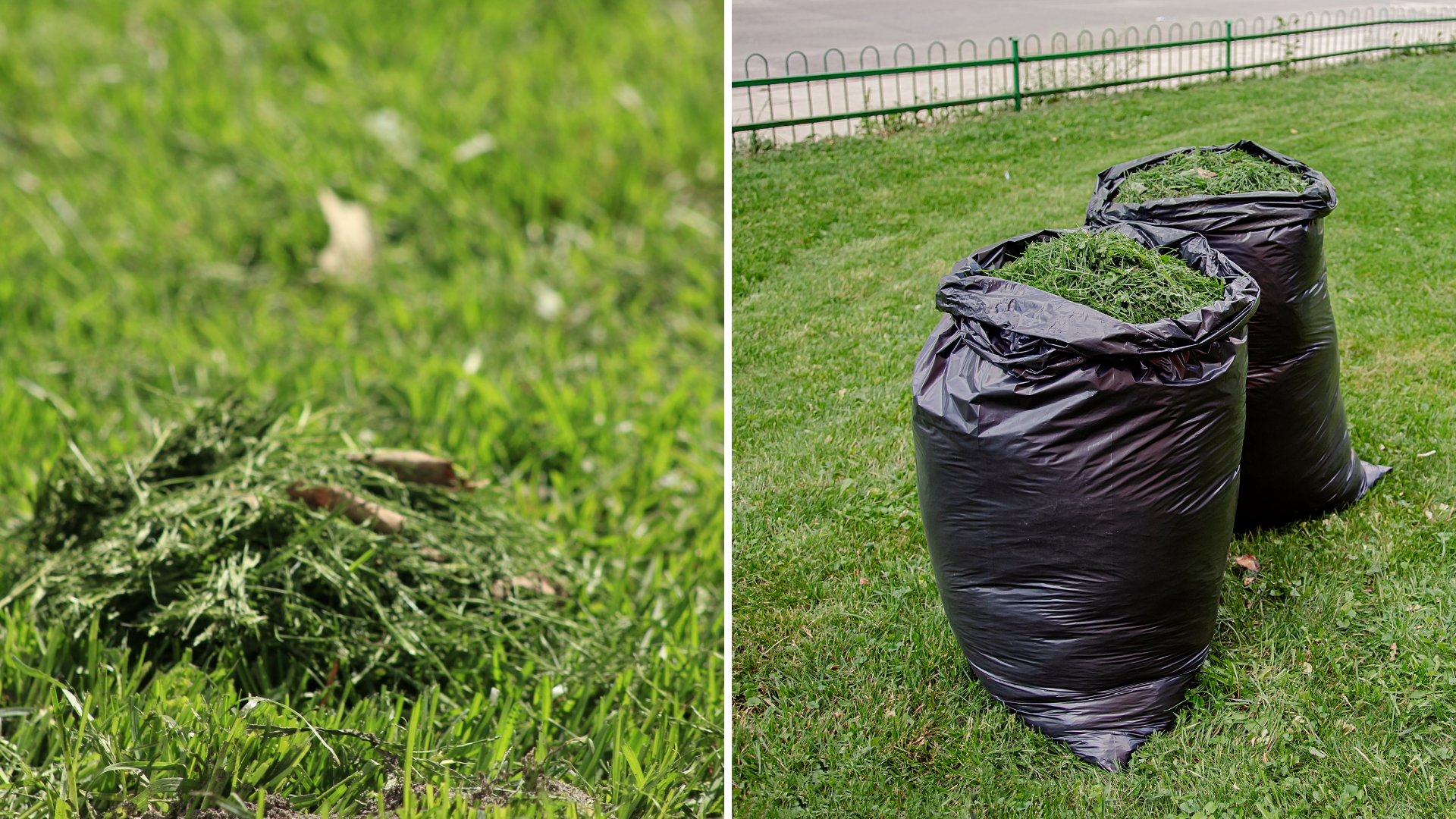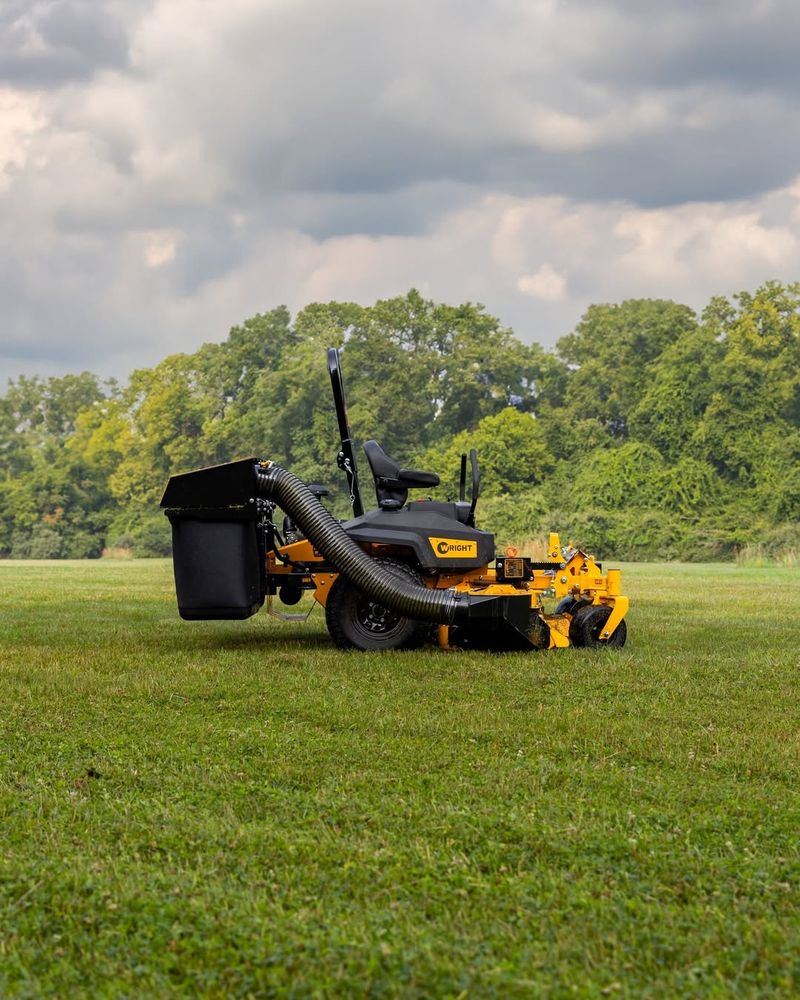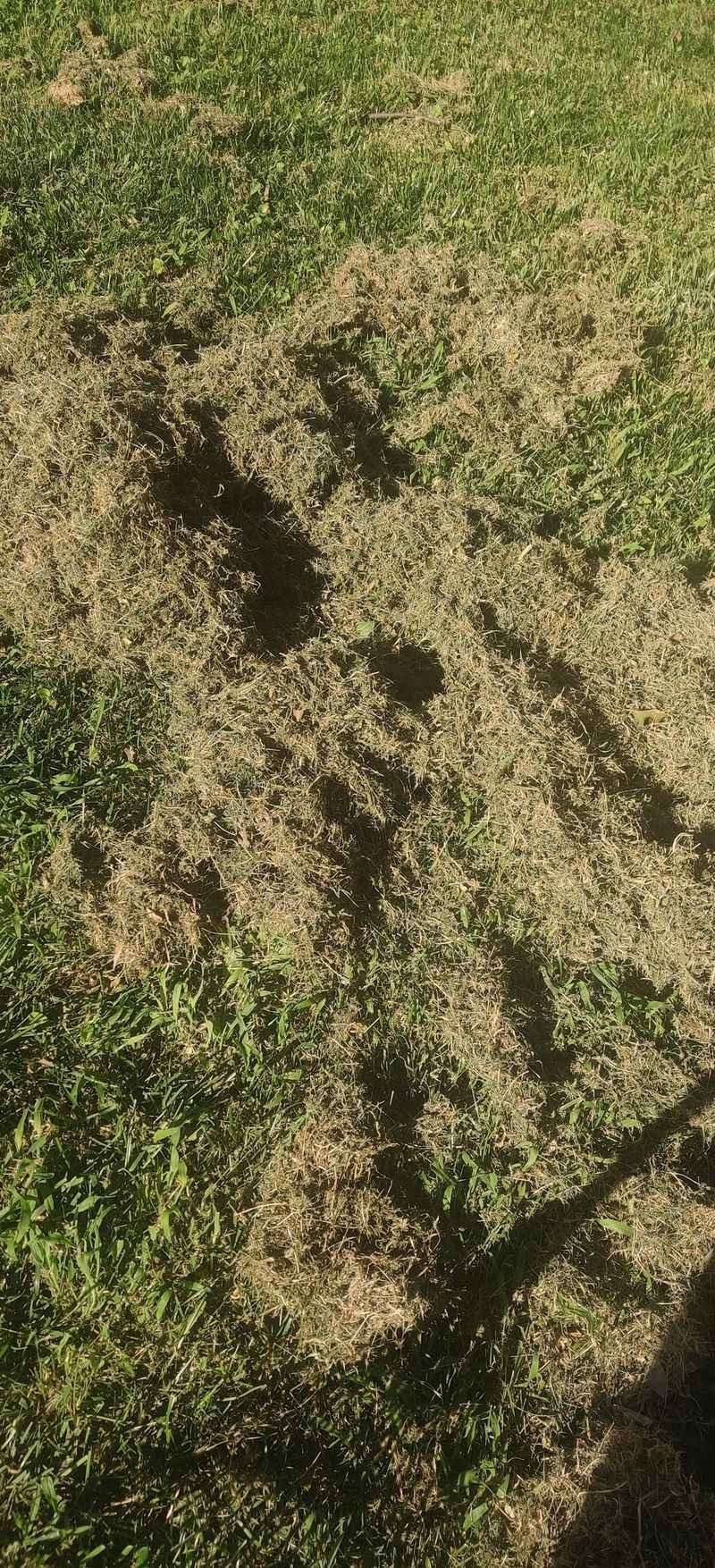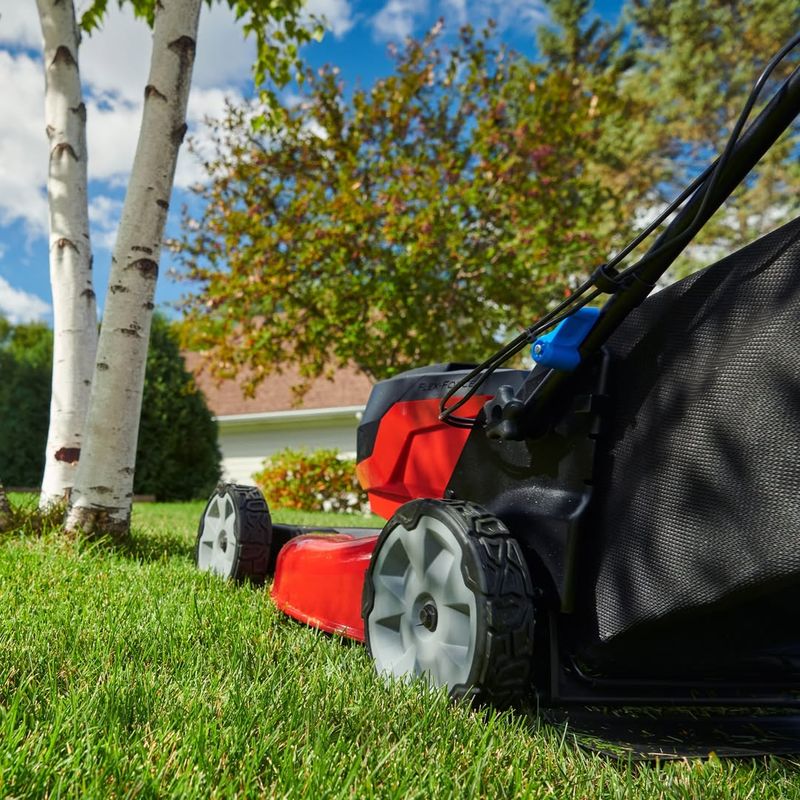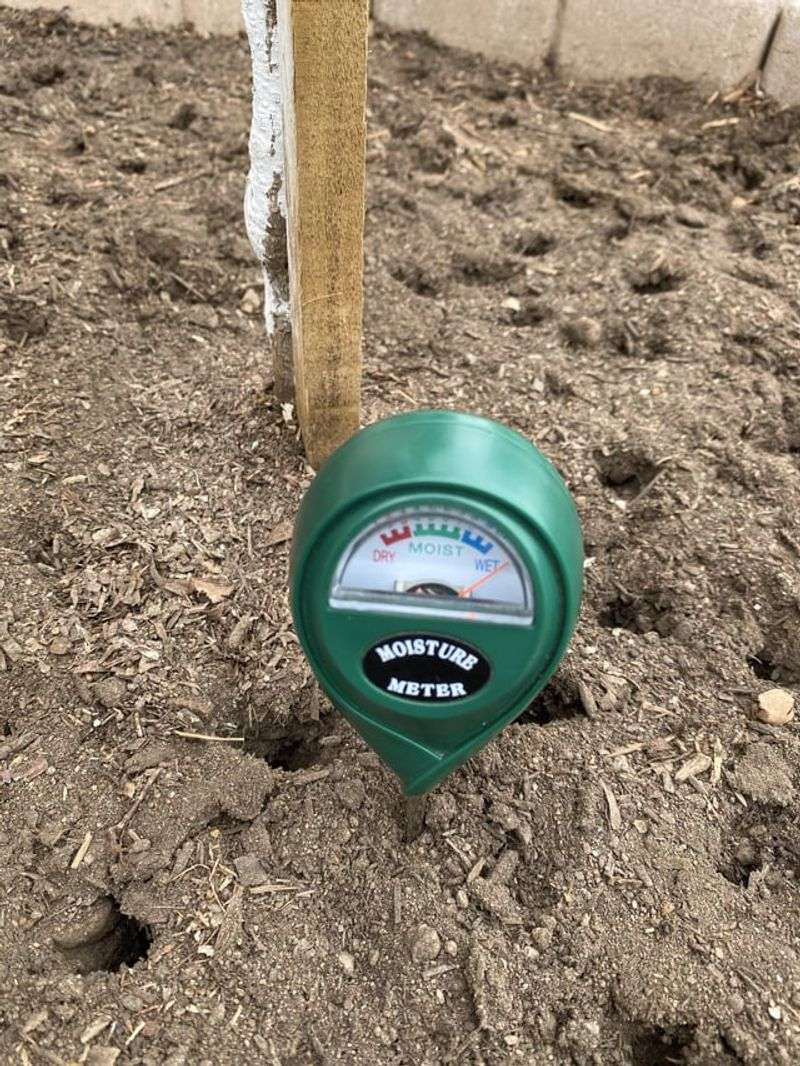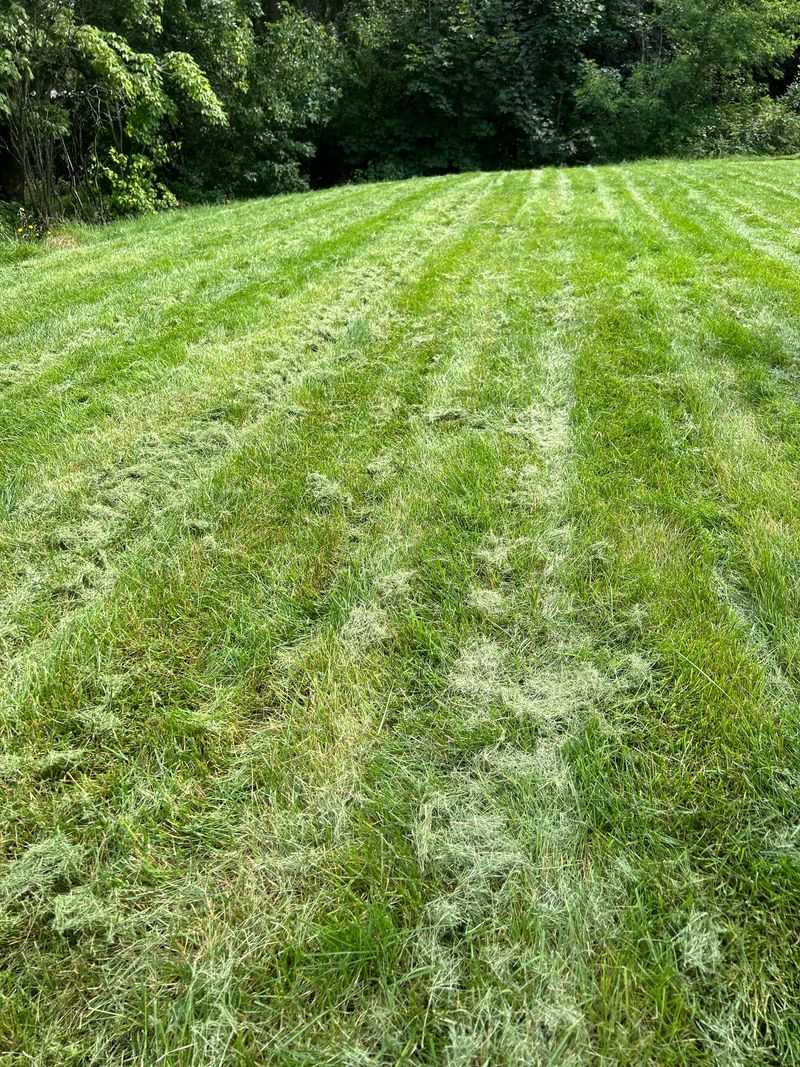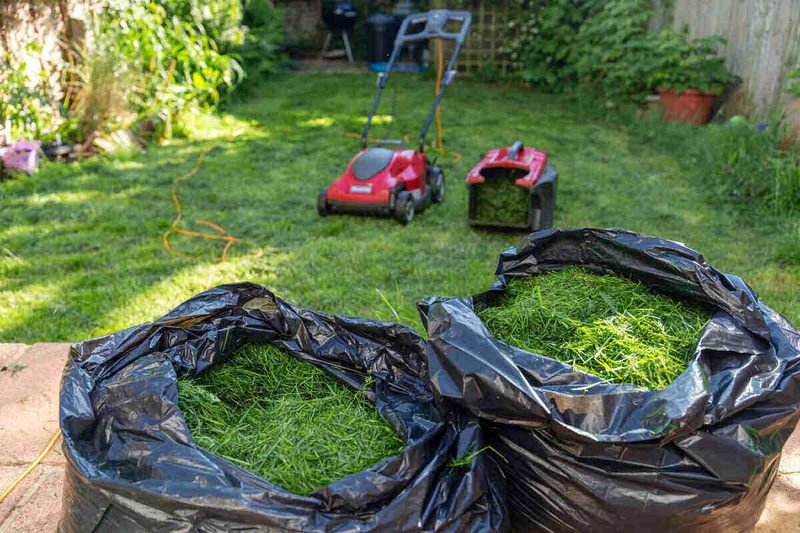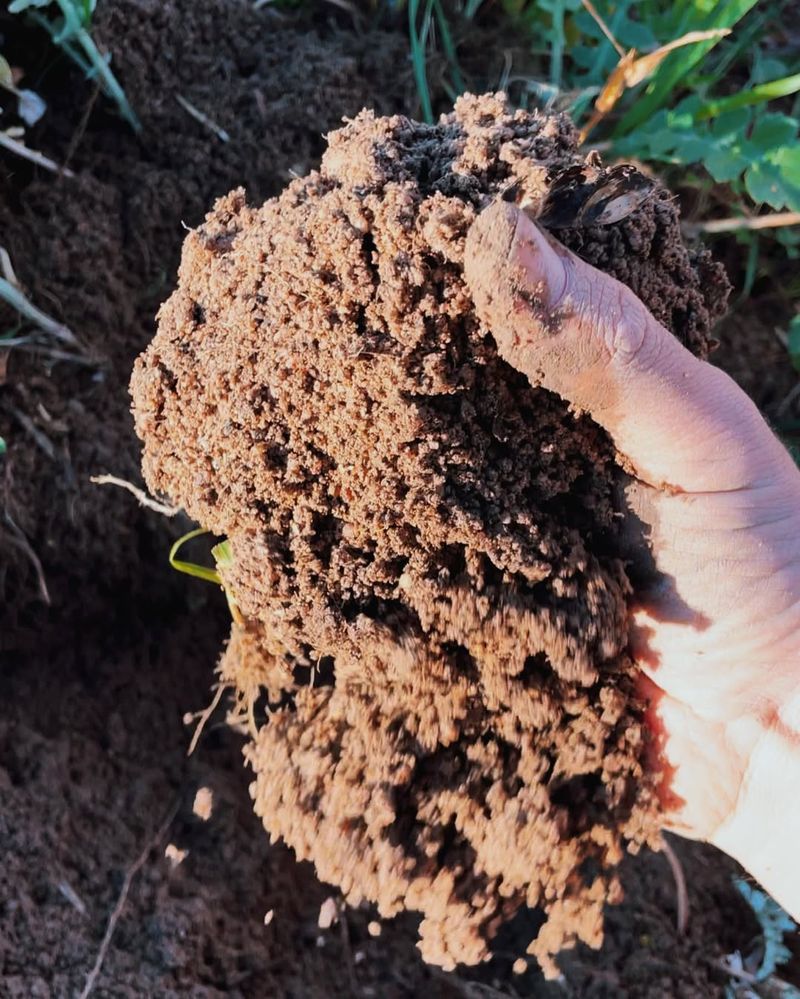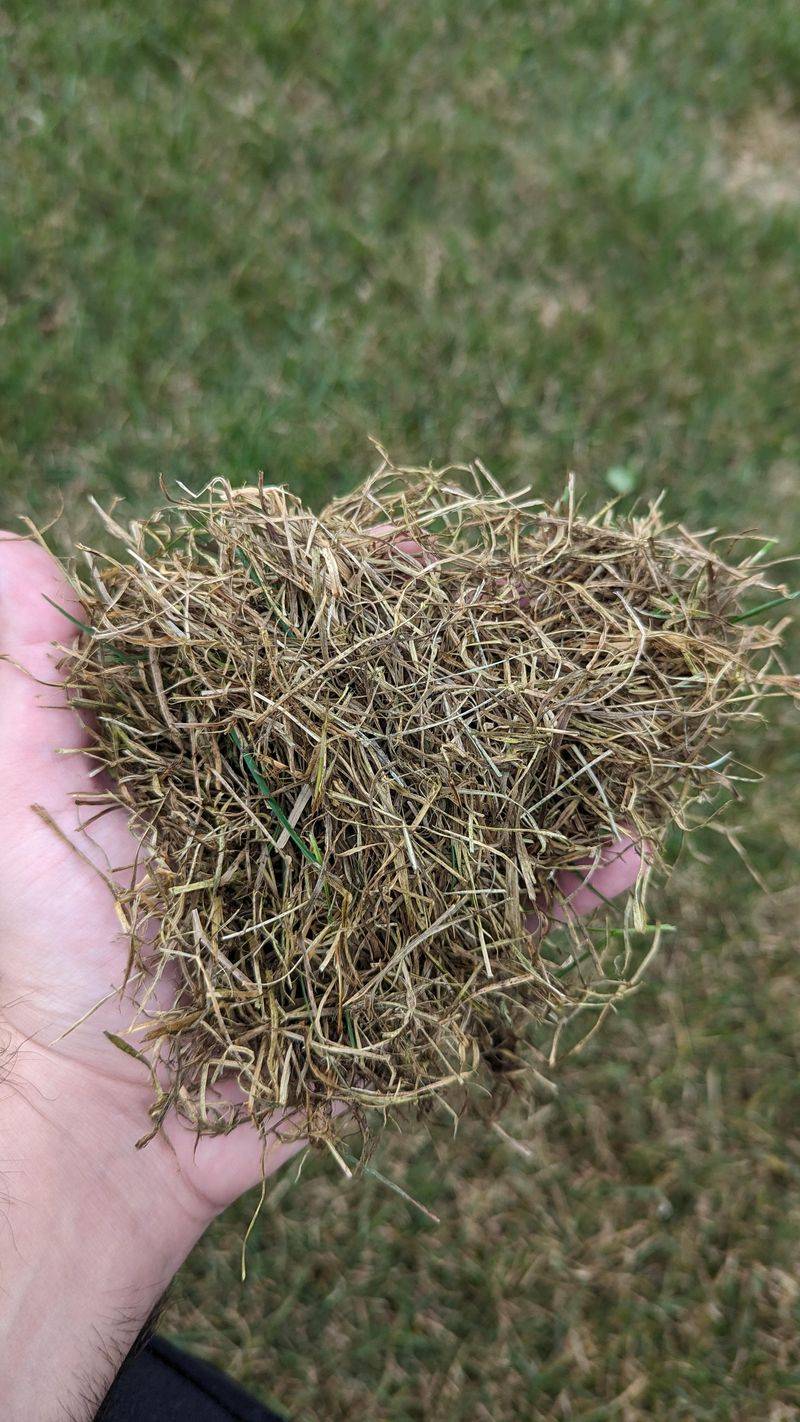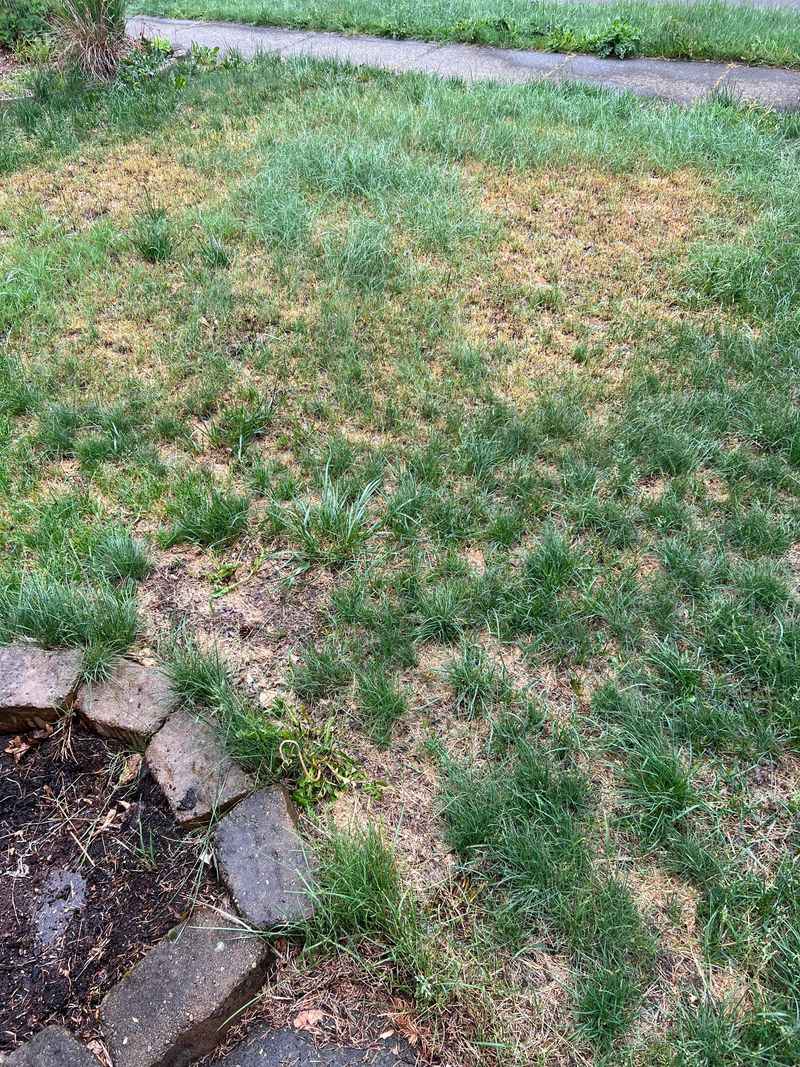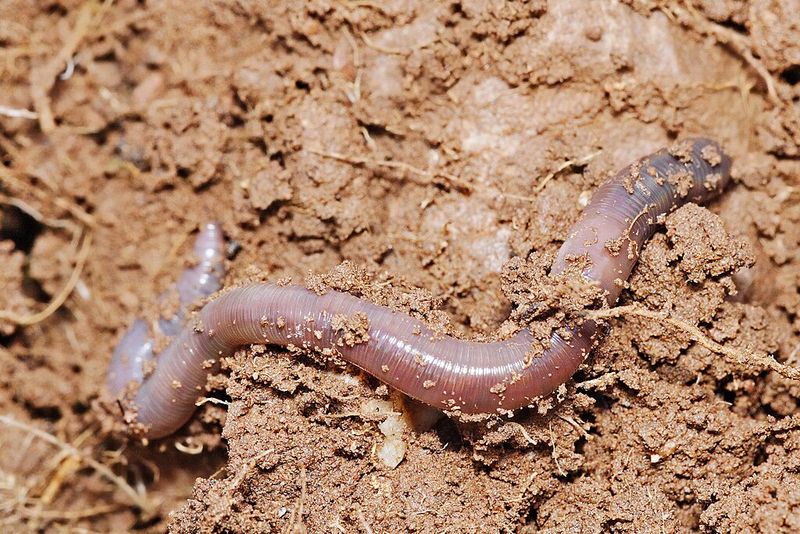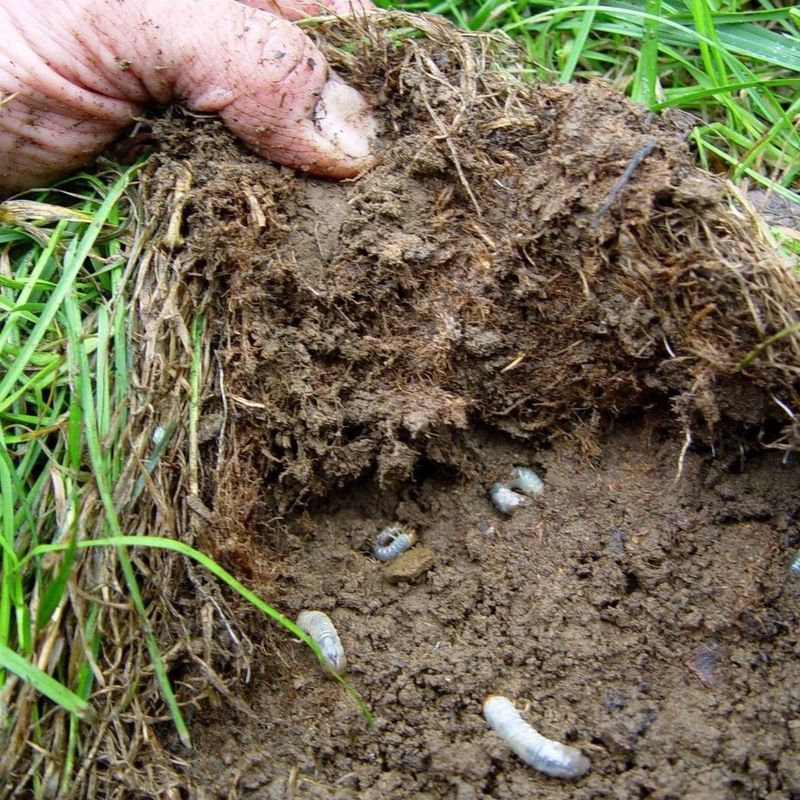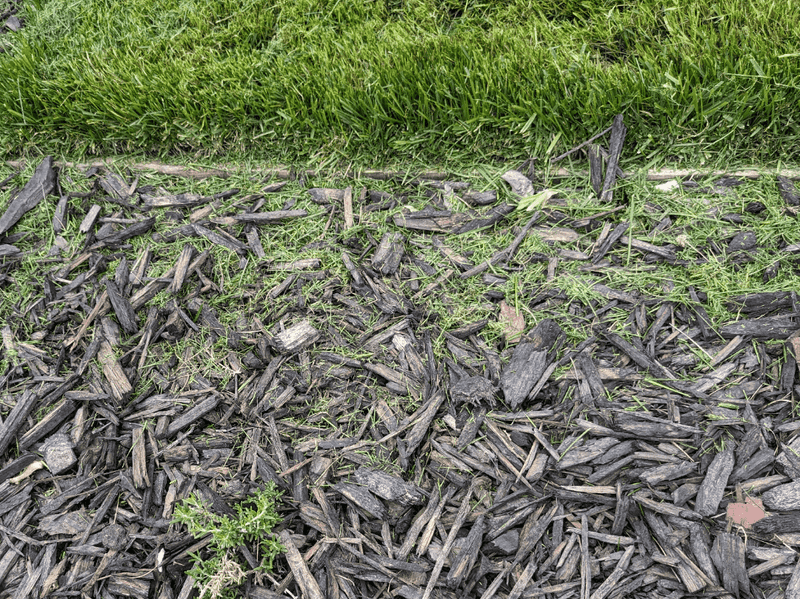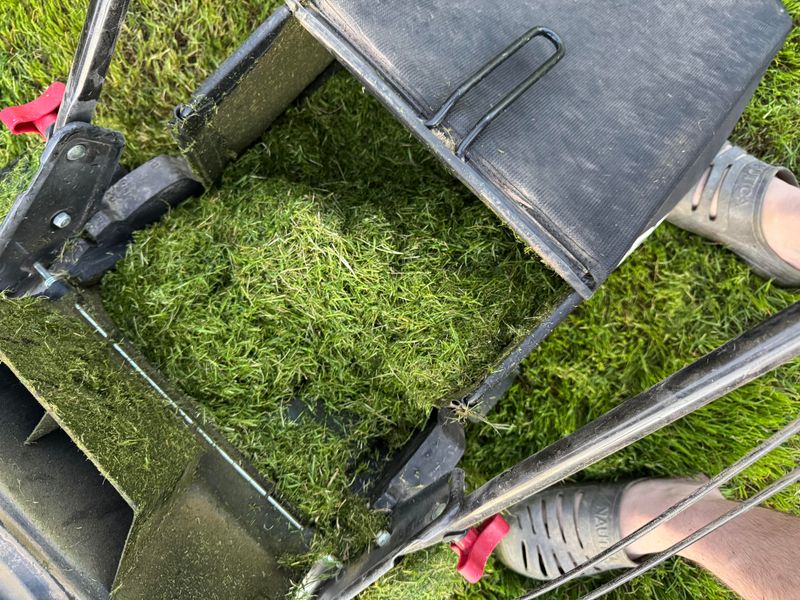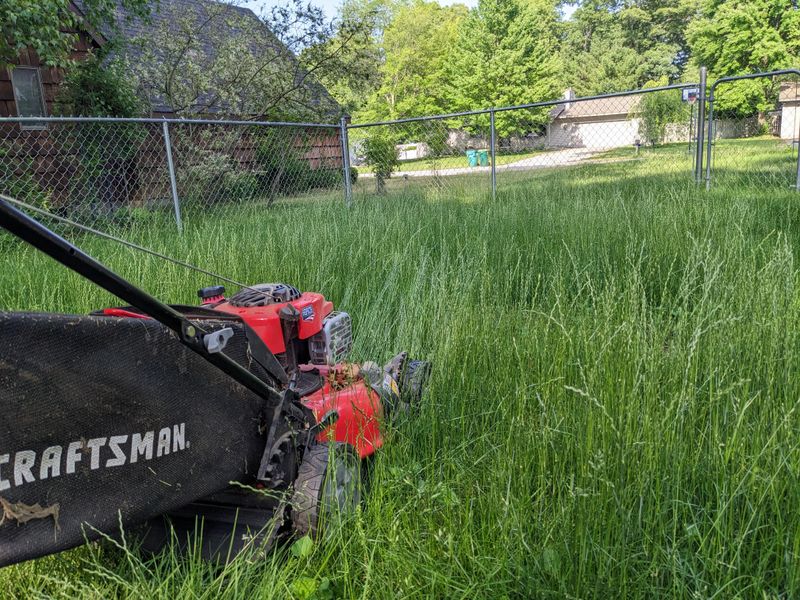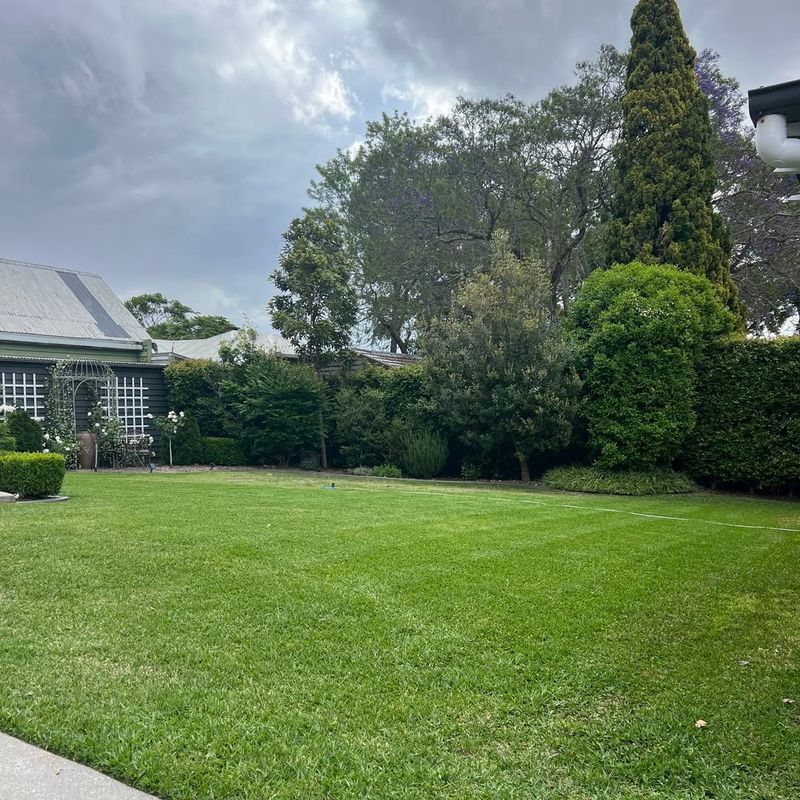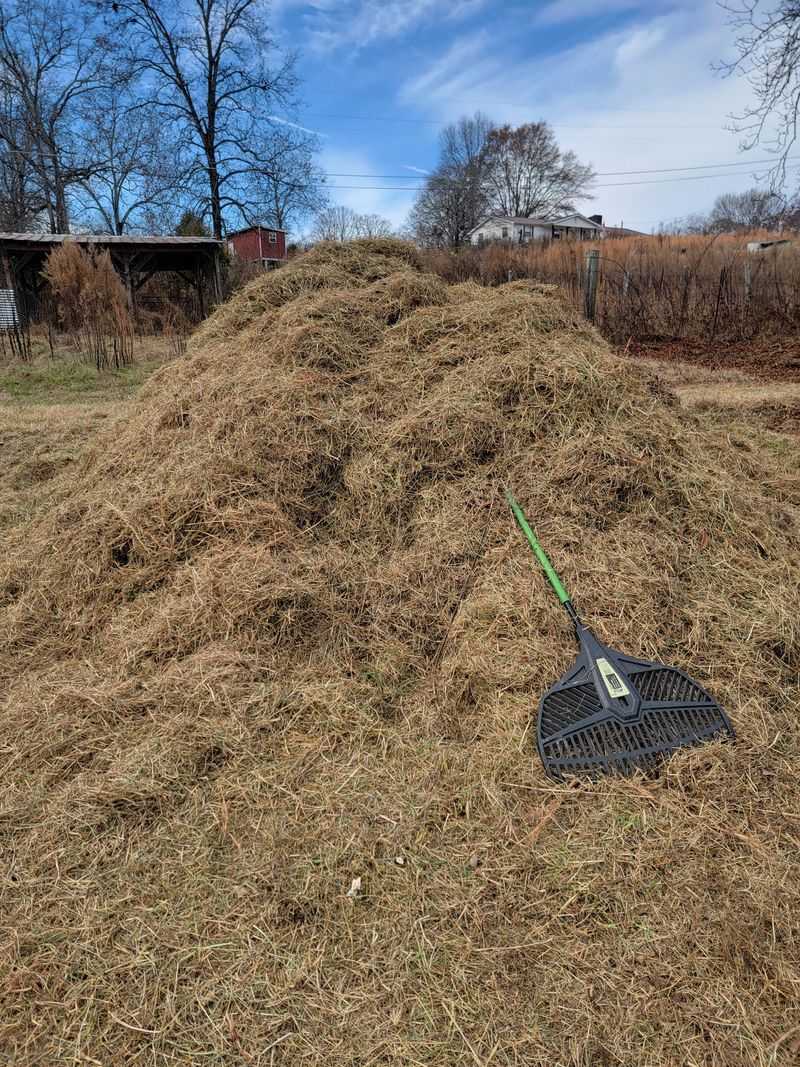When it comes to keeping your lawn in tip-top shape, one question often arises: Should you mulch the grass clippings or bag them? Both methods have their benefits and drawbacks, and making the right choice can make a big difference in lawn health and maintenance. Let’s explore the advantages and disadvantages of each to help you decide what’s best for your yard.
1. Nutrient Recycling with Mulching
Mulching acts like nature’s own recycling process. When you mulch the clippings, they decompose right back into the soil, returning essential nutrients to your lawn.
This process helps your grass grow lusher and greener without needing extra fertilizers. As the clippings break down, they enhance soil texture, making it healthier over time.
However, it’s important to ensure that the clippings are cut finely. If they’re too long or clump together, they could smother the grass beneath. So, regular mowing is key to effective mulching.
2. Bagging for a Tidy Appearance
Bagging your grass clippings offers a neat and tidy look for your lawn. Without clippings left behind, your turf appears clean and well-kept, making it appealing to those who value perfection in landscaping. This method is especially popular in professional settings or when hosting outdoor events.
One downside is that removing clippings also removes some of the natural nutrients that would otherwise benefit the soil. To maintain a healthy yard, consider supplementing with fertilizers if you choose to bag regularly.
3. Mulching Saves Time
Mulching can save a lot of time during lawn care. You don’t need to stop and empty bags or dispose of the clippings, making the mowing process quicker and more efficient. This convenience is ideal for those with busy schedules or larger lawns that require frequent mowing.
Despite the time savings, be mindful of the mulching mower’s condition. Dull blades may not cut clippings finely enough, affecting your lawn’s appearance and health.
4. Bagging Controls Weed Spread
Bagging grass clippings can help control the spread of weeds. When you remove clippings, you also remove potential weed seeds that could take root in your lawn. This method is particularly beneficial during periods when weeds are in bloom and likely to spread.
Keep in mind that while bagging controls weeds, it also means additional time spent managing disposal and potentially lost nutrients. Weigh these factors based on your lawn’s condition.
5. Mulching Promotes Soil Moisture
Mulching helps maintain moisture levels in the soil by providing a protective layer on the surface. This layer reduces evaporation, keeping the ground moist and supporting healthier grass growth, especially in dry climates.
However, if the clippings are too thick, they might trap too much moisture, potentially leading to fungal growth. To prevent this, make sure your mower is set to cut the clippings finely and evenly.
6. Bagging for Allergies
For those with allergies, bagging grass clippings can provide relief. By removing the clippings, you also reduce exposure to pollen and mold, common triggers for allergic reactions. This method is helpful for families with sensitive members who enjoy spending time outdoors.
Remember, while bagging may alleviate allergies, it requires effort to regularly dispose of the clippings. Consider whether the benefit outweighs the extra work in your situation.
7. Mulching Reduces Waste
Choosing to mulch means less waste ending up in landfills. Since the clippings decompose naturally on your lawn, you contribute to a more sustainable approach to yard maintenance. This environmental benefit is perfect for those looking to reduce their carbon footprint.
On the flip side, effective mulching requires regular mowing and proper mower maintenance. If your lawn is overgrown, mulching might not be the best option without additional effort.
8. Bagging Requires Disposal Effort
One challenge with bagging is the need for proper disposal of clippings. After mowing, you’ll need to carry and dispose of the bags, which can be time-consuming and labor-intensive, especially for large lawns.
Consider your local regulations and composting options. While some areas provide yard waste collection, others might require you to manage disposal on your own, adding to the task.
9. Mulching Enriches Soil Structure
Mulching not only recycles nutrients but also improves soil structure. As the clippings break down, they enhance the soil’s organic matter, boosting aeration and promoting beneficial microorganisms. This enrichment leads to stronger root systems and a more resilient lawn overall.
However, achieving these benefits demands consistent mulching. Ensure your mowing routine is frequent enough to keep the clippings fine and well-distributed.
10. Bagging Keeps Lawn Clutter-Free
Bagging ensures your lawn remains free from any debris or scattered clippings, offering a pristine look. This approach is especially useful for those who host gatherings or prefer their yard to be picture-perfect at all times.
While aesthetically pleasing, remember that bagging means you’re not returning nutrients to the soil, and you may need to compensate with fertilizers for a healthy lawn.
11. Mulching Can Prevent Thatch
Mulching helps prevent thatch by promoting the decomposition of clippings, which adds organic matter to the soil. Thatch, a layer of dead grass and roots, can hinder water and nutrient absorption if it builds up too much.
To keep thatch under control, ensure clippings are finely chopped and your mower blades are sharp. Regularly inspect your lawn for signs of thatch and adjust your mowing habits accordingly.
12. Bagging Simplifies Dethatching
Bagging simplifies the process of dethatching by removing clippings that could contribute to this problem. When there’s less material left to decay on the lawn, the risk of thatch buildup is reduced, making maintenance easier.
This method particularly suits those who don’t frequently mow or who face regular thatch issues. It offers a practical way to keep your lawn healthy without extra layers of debris.
13. Mulching Supports Earthworms
Mulching creates an earthworm-friendly environment by adding organic matter to the soil. Earthworms thrive in such conditions, helping aerate the ground and improve nutrient cycling. Their presence is often a sign of a healthy lawn ecosystem.
While beneficial, remember that over-mulching can lead to problems like excess thatch or moisture. Balance is key to fostering a thriving habitat for these garden helpers.
14. Bagging Reduces Pests
Bagging clippings can help reduce pest populations, as it removes potential habitats and food sources for insects. This is particularly beneficial in areas prone to pest issues or during peak insect seasons.
Despite this advantage, bagging requires consistent effort in clipping disposal. Evaluate whether the reduction in pests is worth the additional workload involved in managing the clippings.
15. Mulching Can Be Messy
Mulching can sometimes result in a messy lawn appearance if not done correctly. If the clippings are too large or clumped, they can smother grass and detract from the yard’s look. This issue is more pronounced in wet conditions when clippings are likely to stick together.
To minimize mess, ensure your mower is properly maintained and cuts the grass evenly. Regular mowing will also help keep the clippings manageable.
16. Bagging Can Be Costly
Choosing to bag clippings can incur extra costs over time, especially if you need to purchase disposal bags or pay for waste collection services. These expenses can add up, particularly for larger lawns that require frequent mowing.
Consider the potential financial impact when deciding between bagging and mulching. Evaluate whether the benefits of a clean lawn outweigh the ongoing costs associated with disposal.
17. Mulching Requires Regular Mowing
For mulching to be effective, regular mowing is essential. This prevents clippings from becoming too long and ensures they decompose quickly back into the soil. Frequent mowing keeps the lawn healthy and prevents clumping of clippings.
Be prepared to adjust your mowing schedule, especially during peak growing seasons. Regular maintenance will maximize the benefits of mulching for your lawn.
18. Bagging Provides Immediate Results
Bagging offers instant gratification with a spotless lawn post-mow. With clippings removed, your yard immediately looks immaculate, which is great for special occasions or when you want to impress guests.
Keep in mind, while the results are immediate, the long-term health benefits of returning nutrients to the soil are missed. Consider additional fertilization to keep your lawn thriving.
19. Environmental Impact of Mulching
Mulching contributes positively to the environment by recycling grass clippings back into the earth. This sustainable practice reduces waste and lowers the carbon footprint of lawn care. It’s an excellent choice for eco-conscious homeowners aiming to minimize their environmental impact.
To maximize these benefits, maintain your mower and adhere to a regular mowing schedule, ensuring the clippings break down effectively.
20. Bagging Can Strain Lawn Health
Although bagging creates a tidy appearance, it can strain your lawn’s health by removing natural nutrients. Without clippings to break down, the soil may become deprived, leading to weaker grass over time.
To counter this, consider using fertilizers or soil amendments to replenish lost nutrients. Balance aesthetics with soil health for a vibrant lawn.

